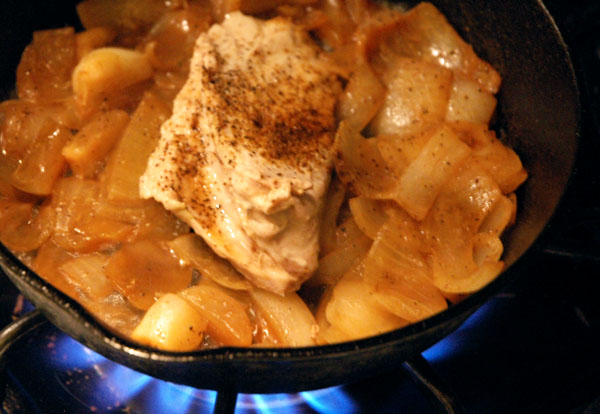I was down at Fisherman’s Terminal the other day checking on our boats and I ran across a rather attractive young woman selling Albacore Tuna off a small commercial fishing boat named “Princess”. She explained that her and a girlfriend had caught the fish far off the Washington coast. She went into detail about how they catch and then immediately dress and quarter the fish before placing them in a -45 degree deepfreeze below deck. They do this every time they have no more than two fish on deck–many trollers pile them up, then process them at the end of the day. The result the girls get is the highest grade of fish money can buy.
I commented on an obviously spider-cracked window on the back of their pilot house door leading out to the fish deck. She said that “they really got their asses kicked out there”. The Washington coast is known for some of the worst and most treacherous weather in all of the Pacific Ocean. It’s kinda odd to imagine a couple young girls out on the open Pacific this time of year–let alone anyone else with a sound mind.
After a short discussion about our Floating Farmers Market project she gave me a sample of her catch. So solidly froze, it took a day and a half to thaw out in the refrigerator.
While the fresh frozen Albacore Tuna was sashimi grade, I decided to cook it up. The problem with nearly all tuna when you cook it is that it has a tendency to dry out rather quickly under heat. After considering all the options (baking, broiling, roasting, and frying), I though it would be a good idea to sort of poach the fish under high heat and steam — one piece at a time in a small iron skillet. The idea was that a good head of steam would quickly solidify the outer meat and leave the inside juicy. Each piece given just the right amount of time to leave it a little pink in the middle. I call this method “Steam Train” because you have to keep adding small amounts of water to produce a continuous working head of steam.
The result fabulous tasting tuna that you cannot get by cooking any other way.

Here is how it’s done:
1.) Slice tuna fish into 1″ thick slices preferably diagonal to the lay of the fish about 4″ to 6″ long.
2.) Chop up a couple white onions and have crushed garlic and pepper by the ready.
3.) Bring a cap full of oil and a half inch of water to a boil in a small skillet.
4.) Add the onions cover with a saucepan lid and let them cook down a little.
5.) Begin cooking your first piece of fish when you have a vigorous boil and pungent head of steam. Sprinkle with pepper and garlic. The pink tuna meat will quickly whiten with the heat. Cook it until all but the center has turned white. Depending on the thickness and amount of heat, it may only take a few minutes. Remove the fish and test it out (leaving the onions to continue brewing). You can now determine about how long to cook your next piece of fish.
6.) Keep the heat on and drop in your next piece into the onion broth. Monitor the water level to make sure the “train’s boiler” (skillet) doesn’t go dry. Repeat application of the pepper and garlic and keep going until you run through all your pieces of fish.
Health Benefits: The smaller Albacore Tuna caught in the cold waters off the West coast of Washington is loaded with Omega 3 oil and reportedly not susceptible to the mercury problem associated with imported tuna.
Where to find it: For some great tasting troll caught Albacore tuna, stop by Fishermen’s terminal this month and look for the fishing vessel “Princess” at the West Wall near Chinooks Restaurant or call 707-972-0707.
